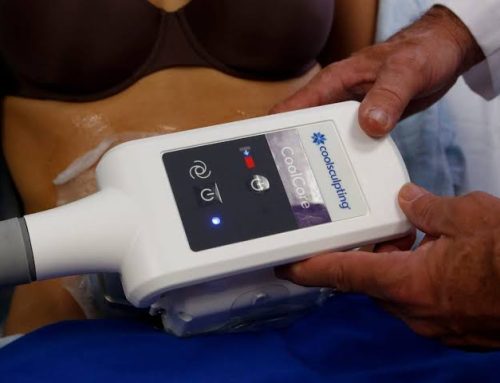Introduction
Undergoing plastic surgery can be a transformative experience, but the potential for scarring often concerns patients. However, with the right approach, surgical techniques, and post-operative care, scars can be minimized or even made nearly invisible. This article provides an overview of how incisions play a role in scarring, the importance of selecting an experienced specialist, and various steps you can take to reduce and heal scars after plastic surgery.
Why does plastic surgery leave scars?
Scarring is a natural part of the healing process following plastic surgery, but skilled surgeons can strategically place incisions to minimize their visibility. Experienced plastic surgeons are knowledgeable about the natural lines and wrinkles in the skin, known as tension lines, that can serve as ideal locations for incisions. Placing incisions in inconspicuous places, such as the hairline or natural folds of the skin, helps camouflage them, resulting in optimal healing and minimal scarring.
How do you treat the scars after plastic surgery?
Proper incision aftercare is essential for initiating the healing process and preventing scarring and infection. Following the recommended steps and precautions provided by your surgeon is crucial for helping your incisions heal during your recovery. By taking responsibility for your healing process, you can contribute to the reduction of visible scarring.

How do you prevent scars after plastic surgery?
The choice of a plastic surgeon plays a significant role in preventing scars. Experienced specialists are well-versed in meticulous surgical techniques, including hiding incisions. They take great pride in their ability to close incisions carefully, ensuring optimal healing and reducing the appearance of scars. Selecting a surgeon who is skilled in placing incisions in natural creases of the skin or concealed areas can make a significant difference in the outcome of your procedure.

What can I put on scars after plastic surgery?
While surgical techniques and surgeon expertise are essential in minimizing scarring, not all scars heal perfectly. Depending on individual factors, you may explore various interventions to optimize the healing process:
- Sun Protection: Protecting your skin from the sun is crucial during the healing process. Unprotected scars can become hyperpigmented and more noticeable. Applying sunscreen with a minimum SPF of 35 to new scars for the first year after surgery can help prevent this.
- Scar Massage: Many plastic surgeons recommend scar massage to desensitize and reduce scars. Wait until your incision is fully healed and sutures are removed before beginning scar massage. This technique involves massaging scars in a circular motion with firm, consistent pressure, using lotion to prevent friction.
- Silicone Gel: Silicone-based products like gels, creams, and sheets have been effective in minimizing scarring. These products often contain vitamins A and E, working in conjunction with silicone to reduce scar appearance. Medical-grade products are more likely to be effective at scar reduction.
- Laser Treatments: Nonsurgical laser techniques can help improve the look of your skin by removing or reducing the prominence of scars. Fractional CO2 laser skin resurfacing is one such treatment that can improve scars, regardless of their origin.
- Scar Revision: Scar revision procedures involve removing old scars and re-closing the incision with the expectation that the new scar will heal better. These options are generally suitable for treating deep scars that do not respond to nonsurgical methods. Keep in mind that these procedures require additional healing time and pose more risks.

Conclusion
Scarring after plastic surgery can be minimized and even made nearly invisible through careful incision placement, proper aftercare, and interventions such as sunscreen, scar massage, silicone gels, laser treatments, and scar revision. However, the first line of defense against scarring is choosing an experienced surgeon who specializes in minimizing incisions. By making this choice, you can achieve natural-looking results with minimal to no visible scarring. If you’re considering plastic surgery, consult with a board-certified specialist who can provide guidance on minimizing and healing scars based on your specific procedure and goals.
Disclaimer: The content on this blog is intended for general informational purposes only. It is not a substitute for professional medical advice, diagnosis, or treatment. Always consult qualified healthcare providers for personalized advice. Information regarding plastic surgery, dental treatment, hair transplant, and other medical procedures is educational and not a guarantee of results. We do not assume liability for actions taken based on blog content. Medical knowledge evolves; verify information and consult professionals. External links do not imply endorsement. By using this blog, you agree to these terms.










